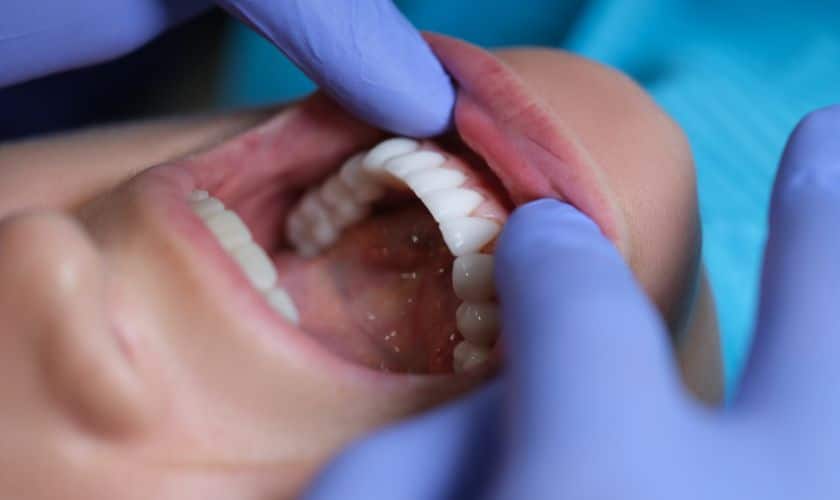Not quite sure you have a solid handle on what to expect from a bridge? If you’re thinking about replacing missing teeth with a dental bridge, you may know that crowns are included in the mix but that doesn’t mean you have a firm grasp on how the bridge is composed or what makes it work for you. We would like to take a moment to explain the essentials, so you walk away with a knowledgeable foundation.
What Makes It A “Bridge”
It’s called a dental bridge because it looks like a bridge – like the kind you might walk over that extends over water. It is a singular device that connects one side of your smile to the other by filling in an open space. As a result, you will quickly surmise that you may only use a bridge for a space of one missing tooth or side-by-side missing teeth. However, a bridge cannot replace any number of teeth – it will restore one or up to three teeth. For more significant tooth loss, you may need a partial denture, full denture, or implants.
What Are Crowns and Pontics And …?
Let’s break down the way a dental bridge is constructed for easy comprehension. First, either end of the bridge consists of a single dental crown. We will bond each crown over a natural tooth in your smile – each tooth (called an abutment or anchor tooth) lies on either side of the empty sockets in your smile where your teeth once resided. Once in place, the artificial teeth connected to one another between the end crowns – the pontics – will fill your smile’s opening. There you have it – a complete smile with the use of a bridge.





